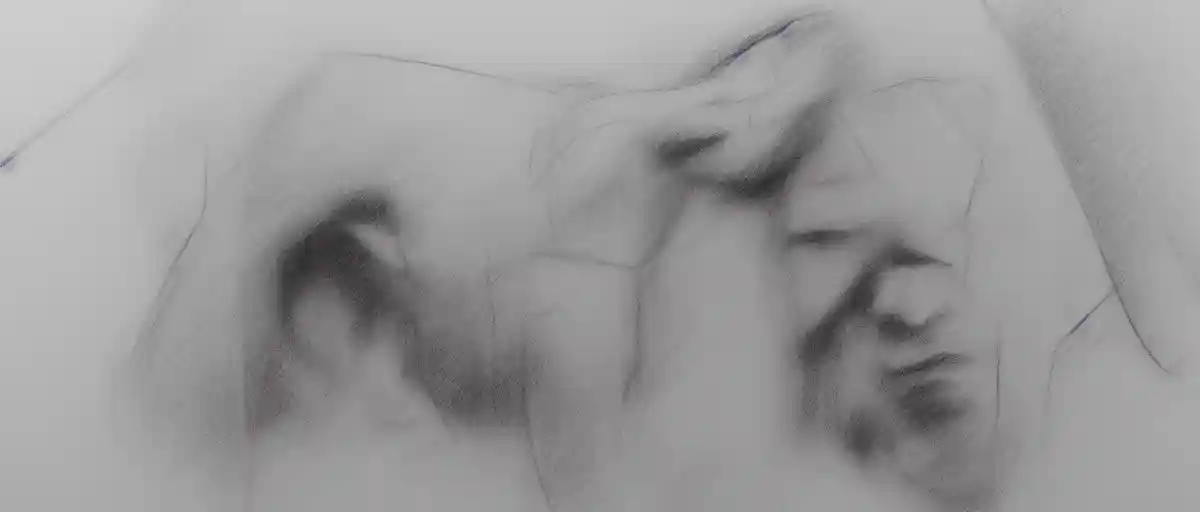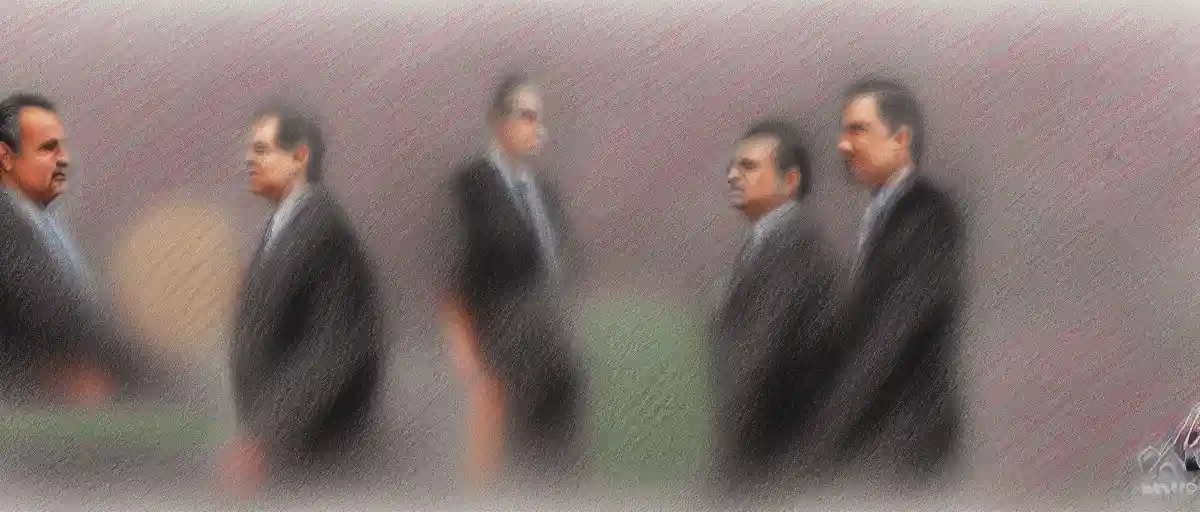You May Also Be Interested In:
Unbelievable Mystery: White House Investigation Ends in Dead End
The incident surrounding the discovery of a suspicious white substance at the White House has left investigators stunned and the public intrigued. The recent Fox News article sheds light on the fact that despite extensive efforts, no suspect has been identified. This raises significant concerns about the effectiveness of security measures and the potential dangers that such incidents could pose.
On one side, there are those who argue that the failure to identify the perpetrator speaks volumes about the vulnerabilities and shortcomings in the White House’s security system. They argue that a place as crucial as the residence of the President of the United States should have foolproof measures in place to prevent such incidents from occurring. The inability to solve this case not only reflects poorly on the administration but also raises doubts about their ability to protect the highest seat of power in the country.
On the other side of the spectrum, some believe that the difficulty in identifying the culprit demonstrates the complex nature of investigations, especially in cases involving suspicious substances. They contend that the authorities have likely exhausted all possible leads, emphasizing the challenging nature of identifying a single individual responsible for such an act. Additionally, they argue that without concrete evidence or witnesses, it becomes nearly impossible to pinpoint a suspect, leading to multiple dead ends.
The truth is, this incident highlights the need for continuous improvement in the security protocols at the White House. Regardless of whether the offender is ever caught, it is essential to conduct a comprehensive review of the current measures in place to prevent any future occurrences.
To commence, it can be argued that investing in advanced technology and training security personnel to respond swiftly to such incidents would enhance the overall safety of not just the President but also the staff and visitors at the White House. Implementing stringent access control measures, state-of-the-art surveillance systems, and increasing collaboration with external security agencies could help ensure prompt detection and response in similar cases.
Conversely, skeptics may question the practicality and expense associated with implementing enhanced security measures. They may argue that it is unreasonable to expect a fail-proof system, especially in a world filled with constantly evolving threats. Instead, they suggest focusing on improvements in intelligence gathering and intelligence sharing to prevent such incidents from occurring in the first place. By addressing the root causes and identifying potential risks beforehand, the need for reactive measures such as investigations into suspicious substances may diminish.
Settlement, the lack of progress in identifying the perpetrator of the suspicious white substance incident at the White House raises legitimate concerns about the existing security measures and the ability to solve complex cases. It is imperative for both sides of the argument to acknowledge the importance of continuous improvement in security protocols, while also acknowledging the challenges involved in solving such mysteries. Only by addressing these concerns head-on can we strive towards ensuring the safety and integrity of the White House, as well as the symbol of leadership it represents.
Here's A Video We Thought You Might Also Like:
Author Profile

- I'm Alexander Brooks, a dedicated writer committed to delivering factual content. With accuracy and engaging writing, I provide reliable information to empower readers.
Latest entries
 Breaking News2023.12.18Revolutionizing Campus Culture The IDEA Act Takes Aim at Indoctrination in Higher Education!
Breaking News2023.12.18Revolutionizing Campus Culture The IDEA Act Takes Aim at Indoctrination in Higher Education! Breaking News2023.12.15Striking Revelation Supreme Court Justice’s 10-Minute Decision Could Overturn Roe v. Wade!
Breaking News2023.12.15Striking Revelation Supreme Court Justice’s 10-Minute Decision Could Overturn Roe v. Wade! Breaking News2023.12.09Houston’s Mayoral Race John Whitmire’s Unstoppable Surge Could Change the City Forever
Breaking News2023.12.09Houston’s Mayoral Race John Whitmire’s Unstoppable Surge Could Change the City Forever Breaking News2023.12.09NRA and ACLU Join Forces to Fight Unconstitutional Gun Law – Who Wins
Breaking News2023.12.09NRA and ACLU Join Forces to Fight Unconstitutional Gun Law – Who Wins






